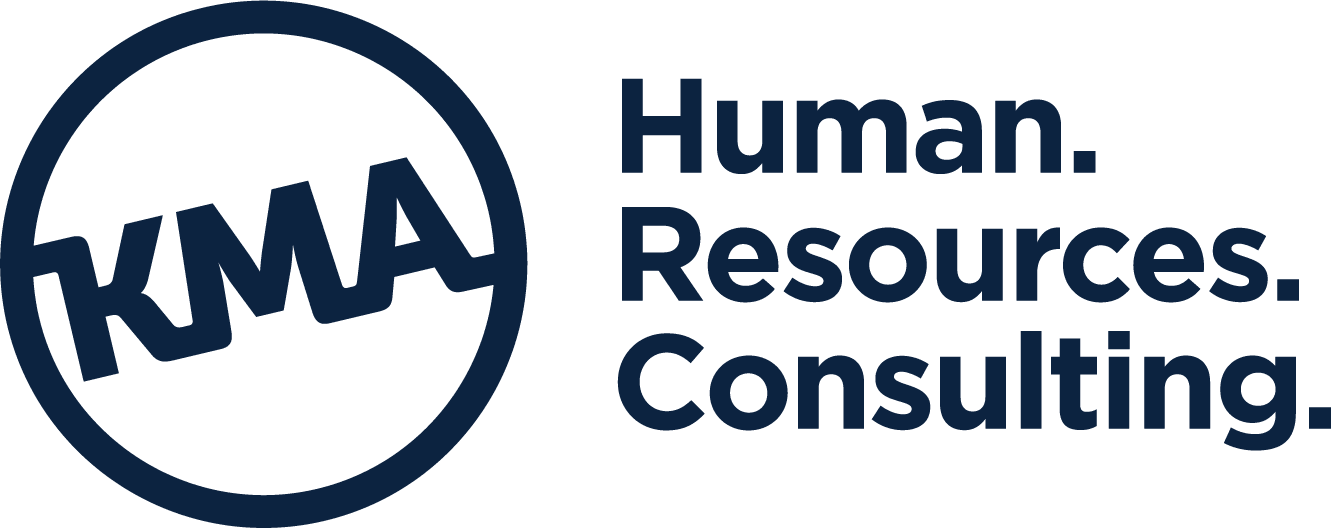Maine is the oldest state in the nation; baby boomers dominate the labor force and they are retiring in droves. Fewer babies have been born in Maine since the 1990s. The unemployment rate is at its lowest since 2008. Such data all point to the shrinking “traditionally aged” labor pool. Indeed, some experts have indicated that we need to “import” 3,000 people per year to Maine over the next decade-plus to meet our labor force needs. And most of us have seen the skills gap: many of our applicants do not have the skills we are seeking.
Thus, what do we do to ensure an effective and productive workforce? It’s not all gloom and doom—really!
We will get to some targeted applicant groups in this article, but first I ask, “What are you doing to recruit people to Maine?”
- What does your company website and your Facebook, Twitter, and LinkedIn pages say about the benefits of living, working and recreating in Maine?
- What are you doing to appeal to youth and college students?
- Do you volunteer in the school systems or do you host interns?
- Have you forged relationships with your local higher educational institutions and adult education programs?
- Do you openly invite students, regardless of age, to your facility for tours, job shadows and information interviews?
In other words, while you market your products and services do you also market your jobs and the benefits of working at your company?
Secondly, “Are you giving enough attention to applicants who might not come from your usual applicant pool?”
Consider the following underutilized groups:
- Non-traditionally-aged college students are graduating in high numbers. People went to school during the recession. Many of the recent grads lack direct work experience in their degree field, but have great transferable skills, a strong work history, recently learned knowledge, and current industry training.
- Veterans, people with disabilities, refugees, and immigrants face a much higher unemployment rate (some say the unemployment rate for these groups can be higher than 50 percent). What assumptions do we make about these groups? Not every Veteran suffers from post-traumatic stress. Do you consider a person’s abilities primarily, or do you dwell on their disabilities? Do you evaluate work experience and education from other countries in your application process?
- Are you thinking outside the box to accommodate valuable workers? Semi-retired workers aged 60+ and people with disabilities may be attracted to part-time positions or job-sharing opportunities.
- People with criminal histories can be good options, assuming their criminal records are not related to your line of business. Some people in this applicant pool might also be eligible for bonding to ensure you don’t face liabilities.
Here are some questions to consider as you review the qualifications of your jobs in light of your workforce needs.
- Could direct work experience be replaced with great skills? Recent graduates, veterans, immigrants and others who have work experience are often being turned down for positions because they don’t have “direct” experience. These potential workers have strong skills and the desirable soft-skills of mature workers. They know the value of showing up on time and being ready to work and learn. Most often, we can teach job-specific skills; however, it’s difficult, if not impossible, to teach those much sought after soft skills.
- Does an applicant really need a post-secondary degree to perform a job or is that screening tool keeping otherwise qualified candidates from applying? Might a veteran or other highly-skilled applicant from another industry bring the sufficient skills to perform the job? They have proven they can learn in their previous jobs.
- Do applicants really need to lift 75 pounds (or whatever the amount given) to perform the essential functions of a job? Might you be screening out highly competent women or older workers by having a weight lifting requirement that isn’t true to the essential functions of the job?
- Is it necessary to have one person work 40 hours or can two people split the position? Job-sharing options could fulfill your needs and those of your employees. It’s time to start thinking more creatively about how you can fill your open positions while increasing your applicant pool.
- What level of English, reading, or math skills are required to truly perform the job duties? Again, are you screening out applicants unnecessarily?
- What about pre-employment assessments? Are your screening tools keeping otherwise qualified applicants from making it to the interview process? For a person whose first language is not English, many pre-employment assessments will likely screen them out even though they may be able to perform the essential functions of the job.
- If you get a “poor” applicant, do you help him/her with your process or refer them to a CareerCenter for assistance?
- Does your online application process allow you to see applicants who might not “make the cut” because key words don’t match? Might there be otherwise qualified applicants “hiding” in the system?
This list of questions provides a starting point to rethink your recruiting strategies. There are no magic wands to make the applicants appear. However, by working together and using all the resources available to us, we can certainly forge ahead in productive manner.
I encourage you to connect with your local CareerCenter to continue this conversation and to help with your recruiting, training, and retention efforts.
